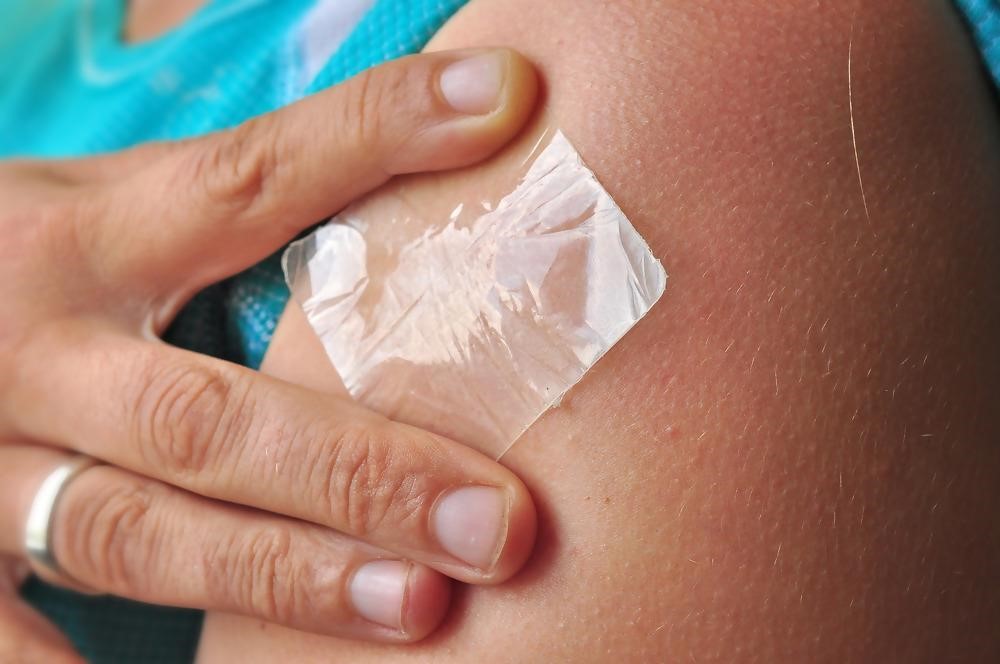If you’re looking to improve your health, you’ve probably already starting with the basics. A healthier lifestyle often involves weight loss, an active lifestyle, and a balanced diet with healthy fruits and vegetables and less fat. When done right and without any medical conditions, a person practicing this can remain physically fit and in good health.
However, a new trend claims to provide your daily vitamin needs: vitamin patches. According to marketing ploys, you can get your daily dose of vitamins simply by putting on a patch on your skin. The vitamins in the patch will enter your body through your skin and make its way into your bloodstream. This is beneficial for people who don’t eat a lot of vegetables or are lacking in certain vitamins.
But do vitamin patches work?
How Vitamin Patches Work
There are multiple ways to consume medicines and supplements: orally, through injections, nasally, and topically. Not all medicines are consumed through the mouth because medicines have to pass through the digestive system before being absorbed into the bloodstream. Some medicines (such as paracetamol, ibuprofen, and multivitamins) are an everyday need and have been made into pills, tablets, or syrups that can still be effective even after passing through the stomach acids.

On the other hand, some medicines are rendered impotent by the time they reach the stomach. Insulin for diabetic patients, for example, is a protein that will break down in the stomach before it reaches the bloodstream. In such cases, medical researchers and pharmacists found that in cases where medicine cannot survive the digestive system, they are applied directly to the affected area. For example, over the counter ketoconazole comes in oral, intravenous, and topical creams and shampoos. Since oral ketoconazole has severe effects on the liver, most doctors recommend applying ketoconazole on the affected area instead of taking it orally.
Vitamin patches are bariatric supplement patches that transmit vitamins topically rather than orally. While oral vitamin supplements have been safe and effective for years, vitamin patches are designed to help people reach their personal health goals. The user wears the patch at the beginning of the day and their skin absorbs the supplements over time. The unique selling point of a vitamin patch is that it lets the supplements bypass the digestive system. As such, they contain no fillers and no calories.
While the FDA has not regulated vitamin patches and do not recommend an alternative to nutrients found naturally in fruits and vegetables, researchers are currently studying them in clinical trials for patients who undergo bariatric surgery. However, those who have used them claim that these patches fill any existing gaps in nutrition.
Benefits of Vitamin Patches over Pills
Like other types of supplements, vitamin patches fill any existing gaps in nutrition. All kinds of vitamin supplements provide numerous benefits such as stronger bones and joints, a boosted immune system, and improved organ health. Vitamins can also help metabolize carbohydrates, fats, and proteins, improving the overall energy levels.
Vitamin patches avoid the difficulty of swallowing (possibly multiple) large pills each day. Many people have difficulty in swallowing large supplement pills or in general because of pre-existing health conditions. With vitamin patches, these difficulties and inconveniences are irrelevant.
Vitamin patches are far more convenient for travel compared to carrying a bottle of your pills. They take up less space and weigh far less. Having to drag around bottles of oral supplements can be frustrating precisely because they are often bulky. You should never be faced with having to leave vitamin supplements at home because of inconvenience or lack of space.
Vitamin patches are the latest trend in fitness and health, but are they just a trend or are they here to stay? If you’re thinking about trying vitamin patches, it won’t hurt to see if these will benefit you and your health in the long run.




